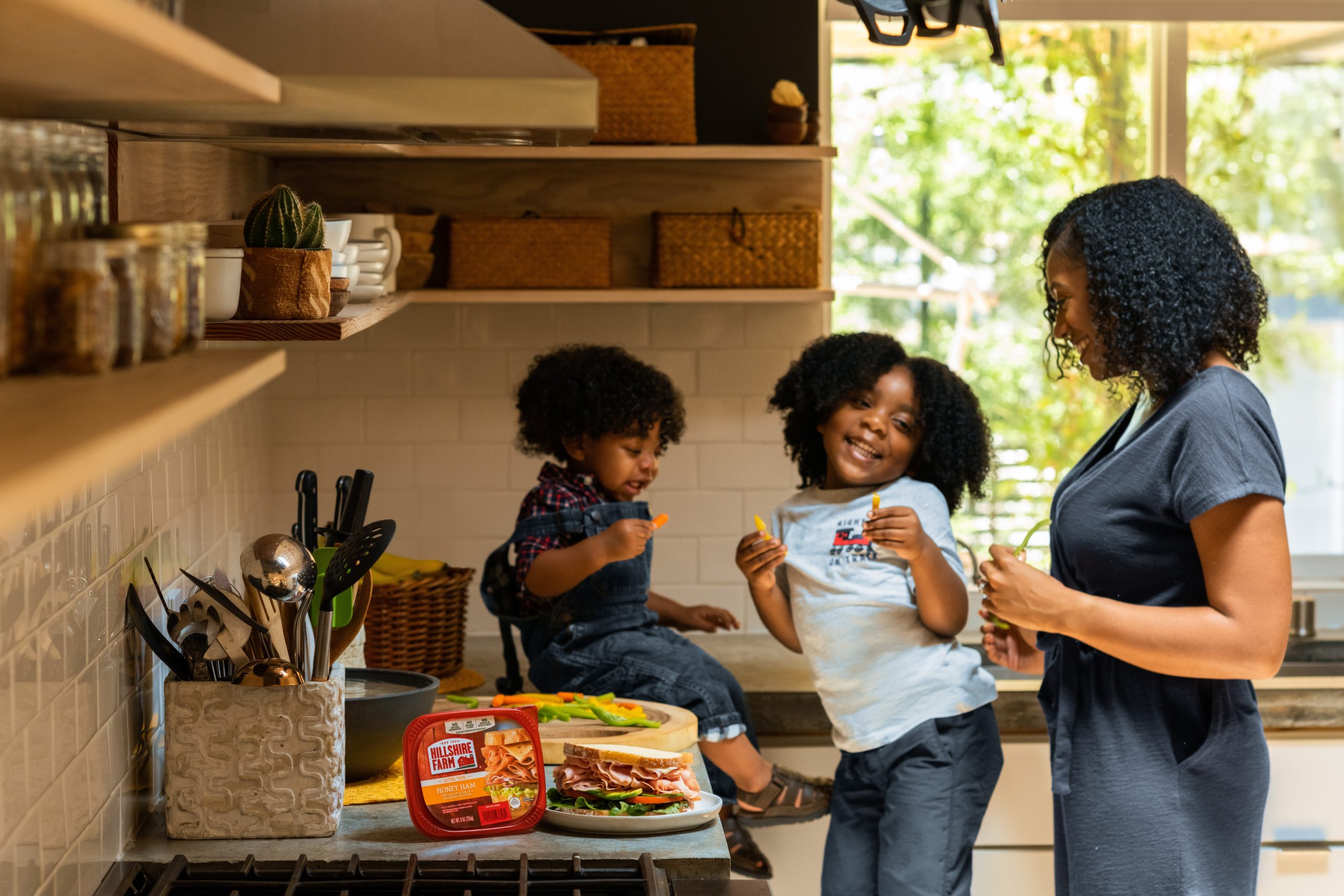It’s 6pm on a Thursday night in a local rec center, and I am in a room of rambunctious three and four year old children who are, for the first time, performing part of their ballet and tap routine for a group of parents during “Visitor’s Night.”
I’m tired from the workday, but eager to see what my kiddo has been learning for weeks and almost giddy with excitement seeing these tiny humans in dance leotards. I’m masked and socially distanced, but exchanging knowing glances with the other parents as we await the performance to begin.
The music starts, and the teacher begins to engage the dancers in following the steps of their newly learned routine. My then three-year-old daughter is following along, and looking back at me for reassurance as she practices each step. My heart beams.
And then, as the other dancers stand on their dots and plie in unison, my own child is suddenly running. Running fast, all around the classroom. Then she is literally hanging upside down, like a monkey clinging to a branch, on the ballet bar. This is very clearly not part of the choreography.
My thoughts are racing: “Oh no! Why is she doing this? Should I get up? Should I ignore this behavior? How can I subtly redirect her and not interfere with other parents watching their dancers?”
I feel my face get hot and I am sweating through my dress. Other parents are laughing at my child, offering a knowing glance, as if to say, “I’ve been there, it’s all good.” One parent offers me a bottle of wine. Others appear frustrated or annoyed, and were desperately trying to focus on their child as mine starts to weave through the dancers, diving under a curtain and then army crawling through chairs.
Cue deep breathing… lots and lots of deep breathing.
I get up, having decided it was time to pull my child to the side, to try to regulate and refocus her, and to try joining the class again. As I get out of my seat and proceed to chase my child around the room (little ones in ballet shoes are fast!), I recognized that I was no longer deep breathing, but was just out of breath.
Embarrassment, frustration, and a hint of guilt set in. Then I am the one running circles, but in my thoughts. I’m vacillating between validating how hard this parenting moment is, and being keenly aware some self-criticism creeping in.
“Three year olds have a lot of energy, right? Other kids accelerate their bodies when they feel anxious, right? Surely, my child is not the only one who does these things. She is nervous; This is developmentally normal, albeit difficult.”
And then also, “Great… the psychologist’s kid is the only one not following directions and being disruptive. These parents must wonder why I have zero ability to manage my child’s behavior. This would be so much easier if my husband was allowed to be here right now; I need back up.”
As soon as I caught myself heading toward self-criticism, guilt, and negative self-talk around my parenting abilities, I was reminded that this was a time for self-compassion practice. I sat down. I surrendered to her running, and wiggling, and disruption for a moment, and I breathed.
I breathed again.
I acknowledged that this was a moment of struggle. I put a hand on my leg, rubbed my knee, and subtly offered supportive touch, as my years of self-compassion practice has taught me to do while I ride big waves of emotion. This simple practice was a reminder that I can comfort and regulate my body in this way, just as I might feel calmed holding a loved one’s hand.
Then I offered myself the three steps of self-compassion practice, according to Dr. Kristin Neff’s research and work:
- THIS IS A MOMENT OF SUFFERING. “This is hard. MAN, this moment is hard. My child is the only one in the room not doing what she is supposed to do, and I feel a lot of frustration and embarrassment in this moment.”
- THIS IS PART OUR COMMON HUMANITY. “Other parents have these moments. The other parents in this room have had these moments, maybe even today. I am not alone in this, I am not failing in this moment; Parenting is challenging.”
- WHAT DO I NEED TO OFFER MYSELF IN THIS MOMENT? “Take a breath, take another. I need to offer myself patience, grace, and self-kindness in this moment. Speak gently to yourself, Sarah. Cut her some slack. Breathe, again.”
In an uncomfortable moment of stress, I was able to call upon self-compassion practice to help me regulate my nervous system, be with feelings of discomfort, think more clearly, and respond to both myself and my child in more helpful ways.
Self-compassion practice is an evidence-based strategy that is particularly effective in moments where negative self-talk, self-criticism, guilt, shame and suffering live. Research, clinical practice and my own lived experiences demonstrate the practical ways we can call upon this skill, and re-wire our brain and body’s response to painful experiences.
Physical and emotional pain is inevitable, and yet we have a choice about how we respond to such pain. Will we choose to speak and to comfort ourselves with the kindness and care that we would use if we approached a loved one or a friend in distress? Or will we choose to beat ourselves up for feeling deeply painful emotions that all humans experience?
The more willing and able we are to acknowledge our pain, recognize the shared experiences of this, and offer ourselves kindness and comfort, the more likely it is that we will move through that moment with more ease.
For more tips on practicing self-compassion, I would encourage you to check out the guided practices on Dr. Kristin Neff’s website. Please reach out to us at Galia if you would like more support in cultivating your practice of self-kindness.


